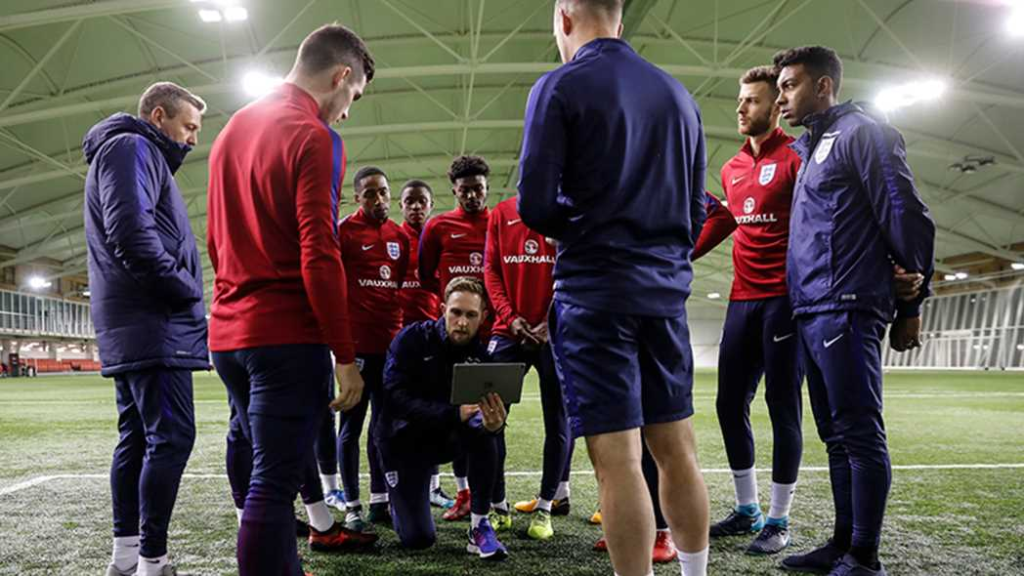Instagram-friendly philosophy will have us believe that the steps from turning your hobby into a viable career path are deceptively simple.
While increasing numbers of hobbyist analysts transition into professional clubs, the journey on that path can often be difficult to navigate. S Mukherjee (@DrMukherjeeS) is one such hobbyist who has later been asked to work for clubs in South East Asia and Belgium. The APFA caught up with him in the hope of utilizing his various experiences in a number of analyst roles to support our members wanting to follow a similar route and plan for the inevitable challenges along the way.

One key difference the hobbyist analyst needs to understand is just how different working within a defined role and structure is: “As a hobbyist, I decide what I will post. In club work, the coaching staff is the primary customer, you have to analyse and provide data-based insight of what they want. You need to be prepared to do ad-hoc analysis based on questions from coaching staff. There’s the difference in time pressure, too. In a club, you are required to complete your analysis quickly so that the insights can be turned into action”, said Mukherjee.
In order to make these transitional steps, he advises spending a significant amount of time understanding the staff around you, both in terms of their requirements for your role but also their comprehension of yours: “Their data literacy level will decide how deep or how complicated your analysis should be. There is no point of going on about analysing xT if the coaching staff does not understand xG even”.
This is something he has first-hand experience of, particularly in his first role in a South-East Asian club, where “no one from coaching staff was interested in data and there was huge resistance. It took a long time and repeated meetings to change their attitude”. thankfully, he faced much less resistance in his role at KV Kortrijk, with Head Coach Luka Elsner an advocate of data and its application: “An amazing experience”, as Mukherjee remarks.
Once mutual understanding is established, finding the most effective way to communicate given the data literacy of the team can ensure that your work is valued and actionable: “It is very important to understand that simpler is better. A bar chart may be of more value than a complicated viz” he explains, something that the hobbyist analyst does not need to be overly concerned about as the audience for such work is like-minded hobbyists developing their own brand of complex and time-consuming visualizations.
But when you finally find the perfect balance between insights and the most effective medium to communicate it, the results can be incredibly rewarding: “I found that the main striker of the club had a terrible shot map. He loved shooting from literally anywhere. I had 3 sessions with him and explained how xG works, showed him high xG areas and showed him videos of other strikers scoring from similarly high xG areas. He was skeptical but I convinced him, after a lot of work, that it will increase his goal tally. He actually implemented some suggestions. In the next season, his shots were from about 20% better in terms of xG zones. It was a struggle because the striker didn’t even know of xG and initially had lot of resistance”.
Despite these fascinating insights and experiences working for clubs, alongside his current work as a scout specializing in the Belgian market, S Mukherjee feels firmly at home as a devout hobbyist but wants to share his experiences to help people understand the use of data properly. He recently established a Twitter community to assist others in addressing key misconceptions and has received praise in helping many people understand and question data better: “I want people to question the use of bad data. Big accounts post a lot of nonsense clickbait data, mostly for the sake of engagement. I want to help make people understand that just because it’s from a big account does not mean it’s correct”. For him, one of the biggest challenges he’s keen to highlight is non-standardized data parameters: “Multiple data vendors have multiple different definitions for same name parameters. That does not make any sense. Also, at times, there is totally different parameter with same name like ‘Key Pass’ definition is totally different in Wyscout and Instat”.
One source he is keen to promote to anyone interested in working in analysis is Tom Worville’s ‘The 10 Commandments of Football Analytics’ piece for The Athletic and feels it is “an absolute must read for anyone using football data analytics” with Commandment 9 resonating the most: “Thou shalt not judge players if they fail a lot”. It is counter intuitive but if you try to understand the details behind it, it makes so much sense”.
And if he had to establish a specific commandment for the hobbyist analyst? “If I can add another one – “Thou shalt not compare players of different positions or roles”. I am tired of seeing comparisons between players who play a completely different role/position. It makes no sense and ends up making an unhelpful ‘apples vs oranges’ comparison”.
Having already surpassed his biggest football-related expectations, S Mukherjee now hopes to see the next generation of analysts benefit from his experiences and take opportunities, like those offered by the APFA, in improving data use: “That is my biggest prize”










